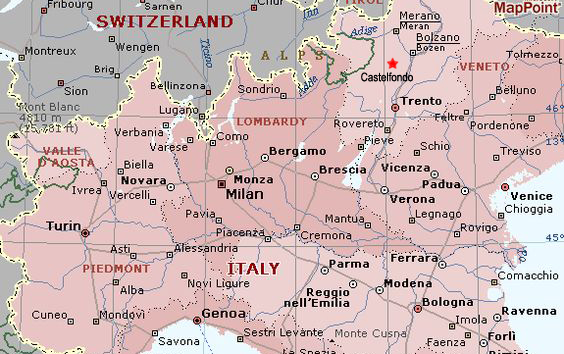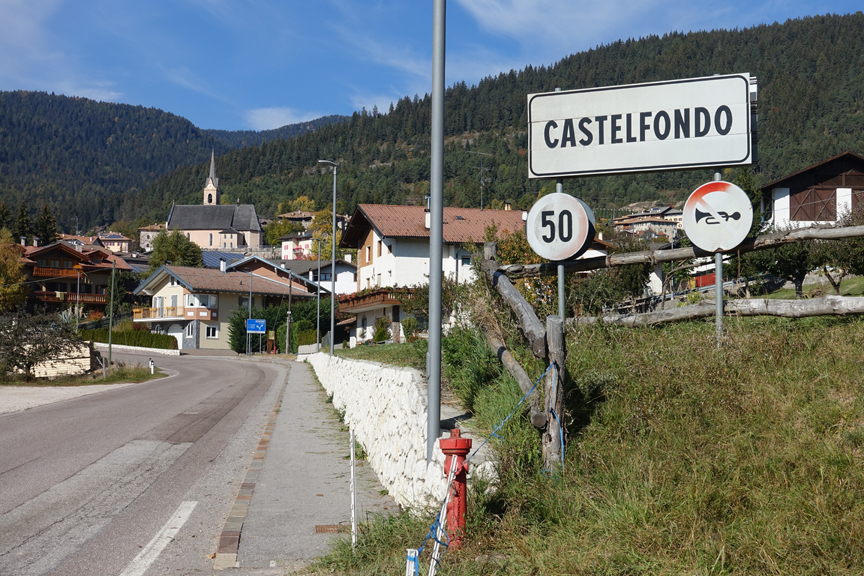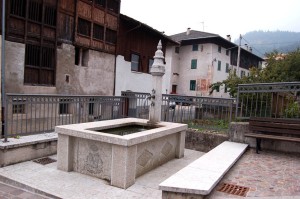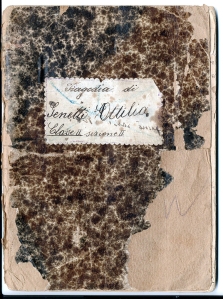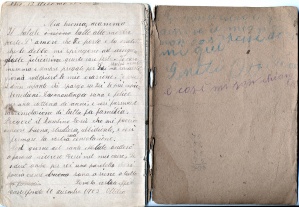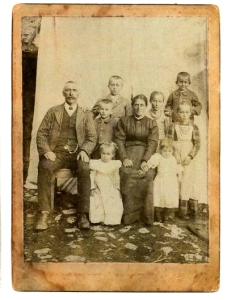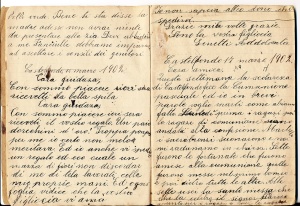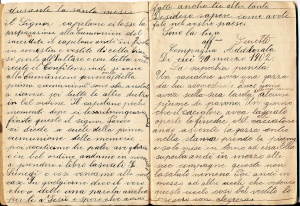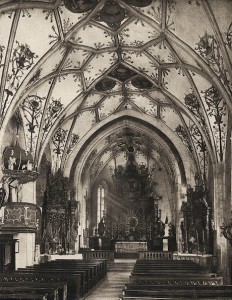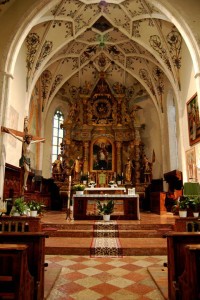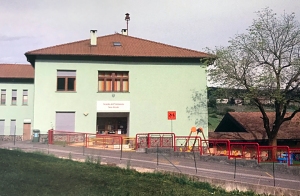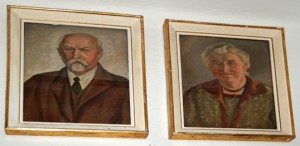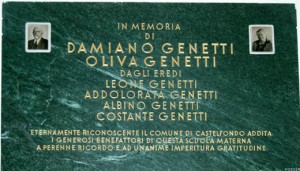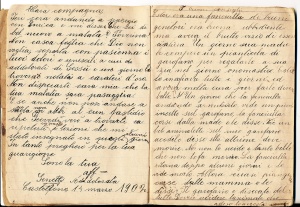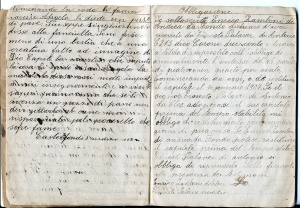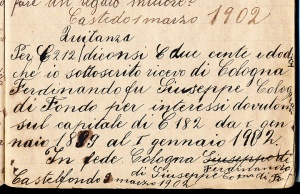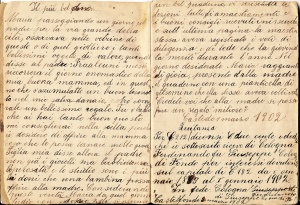A recent blog comment from Tom Genetti posed the following question: What airport do you fly into to get to Castelfondo?
From the many inquiries I have received over the years, it seems a pilgrimage to our ancestral village is a popular travel destination for descendants of the Genetti family. Although a trip to Italy is out of the question during this time of pandemic as their country is also dealing with travel restrictions, lock-downs and red zones, we can always hope for a better future. This blog post will answer Tom’s question based on my personal experience traveling in Northern Italy. And with luck, one day we will once again enjoy a journey to the home of our ancestors.
The short answer to Tom’s question is: there are no international airports in close proximity to Castelfondo. Located in the upper Val di Non, the village resides in a rural, mountainous area surrounded by apple orchards. The region is beautiful, but semi-isolated. Traveling to Castelfondo takes ingenuity as it is certainly off the beaten path.
To my knowledge, the easiest and most direct travel route is flying into the Malpensa Airport in Milan and renting a car at the airport. You then drive the toll road east from Milan to the city of Trent (Trento), about a three hour trip by car. After passing through Trento, head north up the valley to Castelfondo, arriving an hour later. Along the way you will pass through a number of small towns with scenic views.
A second option is to fly into Milan, board a train to the city of Verona, and change trains to Trento. This is a three to four hour trip depending on your connections. After arriving in Trento, rent a car for the hour drive north to Castelfondo. This will save you some trouble navigating Italian highways, but a car is still necessary to reach the village.
If you prefer staying in the picturesque city of Bolzano, located on the east side of the mountain range in the province of Alto Adige, (Castelfondo is located on the west side of the mountains) travel by train from Milan east to the city of Verona. Change trains in Verona and head north to Bolzano via a smaller regional train. Located just a few blocks from city center, the Bolzano train station is an easy walk to hotels and restaurants.
Since my husband and I love staying in the beautiful city of Bolzano with all it has to offer a visiting tourist, we opt for flying into Milan and train travel to Bolzano. Keep in mind Bolzano (also known as Bozen in German) is a pedestrian city and cars are prohibited in the city center. It’s best to stay a few days here, get your bearings then rent a car for your visit to Castelfondo.
FYI – always make sure you have some form of GPS while driving, as it is a necessity! Road signs are in Italian and/or German, rarely English. Plus you often can’t see signage as it may be posted above eye level, attached to a building or missing altogether. Sometimes roads wind through ancient villages and are so narrow as to be one lane squeezed between houses. You need to keep your wits about you so as not to scrape against stone buildings or run into a tractor turning out of an orchard and onto the road in front of you. When traveling, my husband drives and I navigate using our iPad and a travel app loaded with our intended route. He can concentrate on the road and I concentrate on getting us there!
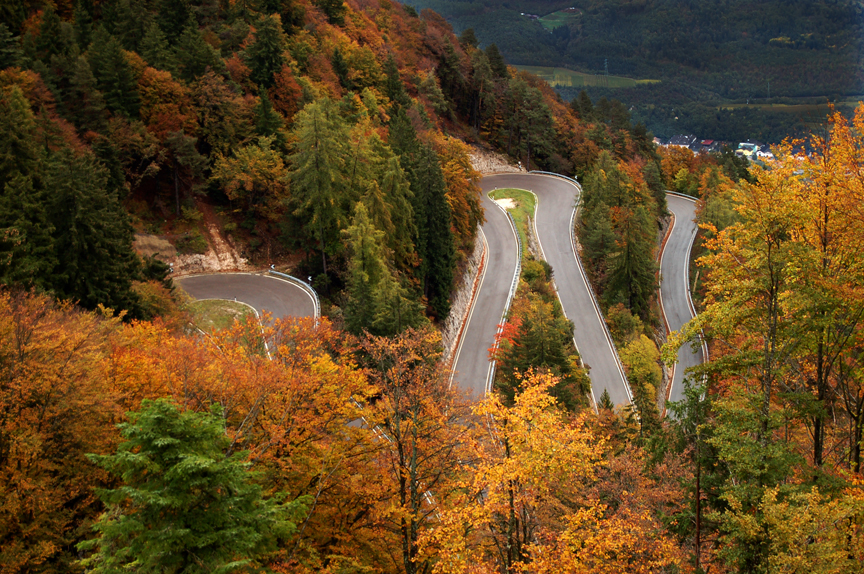
Photo credit: Louise Roach
When you are ready to visit Castelfondo from Bolzano, a rental car facility is available at the city train station. From the Bolzano station head west out of town, driving through the curving, hairpin mountain road over Passo Mendola, arriving an hour later in Castelfondo. Fair warning – this mountain drive is not for the faint of heart! It always leaves me with a queasy stomach and frayed nerves from the narrow blind curves zigzagging up the mountain!
Of course, there are other options for air travel as Italy has international airports in Rome, Florence and Venice. If you are planning to visit other cities during your vacation, one of these airports may work better with your travel itinerary. Keep in mind – no matter where you fly into, you need to find your way from the airport to Castelfondo via train, bus, car or a combination of all three.
On our first Italian trip in 2011, we flew into Rome and spent a glorious week experiencing the sites and culture of this historic city. When it was time to leave, we took a taxi to the northern part of the city and rented a car on the outskirts, thus by-passing city traffic. Driving on the streets of Rome is insane and I don’t recommend it! We then traveled seven hours north to Bolzano, where we parked our car for several days in an underground facility as we could not drive within city center. A few days later, we drove west from Bolzano over the curving (and very scary) mountain pass, arriving in the village of Ronzone where we stayed at the lovely Villa Orso Grigio, a short drive from Castelfondo.
After our two-day visit to the village of my ancestors, we drove south down the valley to the city of Trento then on to Milan’s airport where we returned our rental car. Taking a taxi back into the city, we spent two days exploring the historic piazza and the majestic Duomo di Milano before departing for home.
So you see – it takes much planning and creativity to finally arrive in Castelfondo!
In a future blog post, I’ll offer suggestions for travel accommodations and things to see and do.
Buon viaggio!

